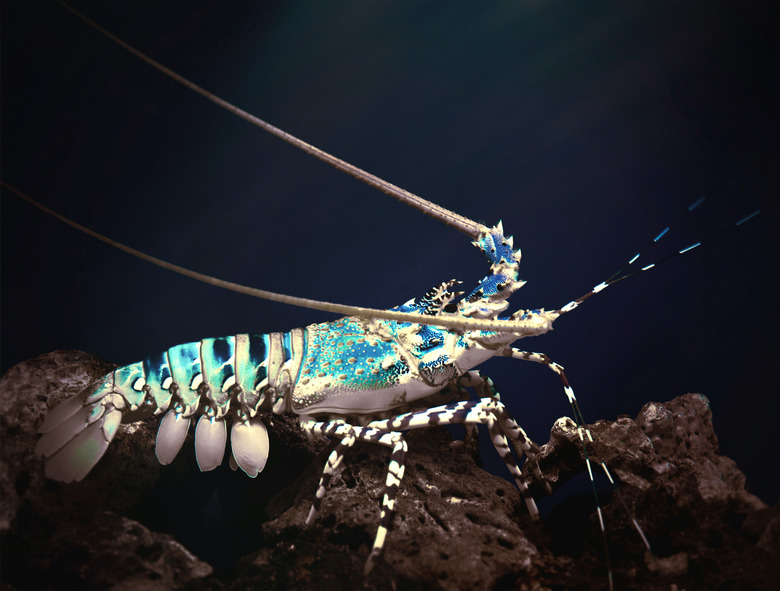What Type Of Habitat Do Shrimp Live In?
Shrimp are a species of marine crustacean. More than 2,000 subspecies of shrimp are found all over the world. Shrimp are small in size with a hard, transparent exoskeleton. Shrimp are found in different habitats around the world. Each habitat needs water and a good food source, although shrimp have to watch out for lurking predators.
Types of Habitat
Types of Habitat
Shrimp live in rivers, oceans and lakes. They are bottom-dwellers, which means they are found on muddy or sandy river beds and ocean floors. Some of the smaller subspecies live inside sponges. Others, like the mantis shrimp, burrow into the sand, mud, coral crevices and rocks along the sea shore.
Food
Food
Shrimp are omnivorous and need a plentiful supply of food. Shrimp eat algae and other plant particles, plus tiny animals, fish and plankton. Some shrimp are predators. For example, the pistol shrimp kills or stuns its prey by emitting a loud sound with its claw.
Water
Water
All shrimp are marine animals. They spend most of their time swimming; each shrimp has five pairs of pleopods and a pair of uropods used for swimming. Most subspecies live in salt water, while others survive in fresh water. The fairy shrimp is a subspecies that is native to fresh water and swims continuously on its back.
Predators
Predators
The shrimp is low on the food chain and has many natural predators. Predators include large sea-dwelling animals such as whales and sharks. Crabs, sea urchins, starfish and sea birds also prey on shrimp.
Body Color
Body Color
The color of a shrimp is influenced by its natural habitat. Some subspecies are able to change color to fit in with surroundings. Shrimp in tropical and sub-tropical habitats are brightly colored. Others are transparent so that predators have a difficult time spotting them. Brown and green shrimp are found in muddy river beds.
References
- A Z Animals: Shrimp
- Enchanted Learning: Shrimp
- Animal Life Resource: Mantis Shrimp
- Animal Life Resource: Shrimps, Crabs and Lobsters: Decapoda – Physical Characteristics
- Why Habitat Architecture and Color are Important to Shrimp Living in Pelagic Sargassum: Use of Camouflage and Plant-Part Mimicry; Hacker et al.; 1990
Cite This Article
MLA
Wood, Laura. "What Type Of Habitat Do Shrimp Live In?" sciencing.com, https://www.sciencing.com/type-habitat-do-shrimp-live-8205288/. 22 November 2019.
APA
Wood, Laura. (2019, November 22). What Type Of Habitat Do Shrimp Live In?. sciencing.com. Retrieved from https://www.sciencing.com/type-habitat-do-shrimp-live-8205288/
Chicago
Wood, Laura. What Type Of Habitat Do Shrimp Live In? last modified August 30, 2022. https://www.sciencing.com/type-habitat-do-shrimp-live-8205288/
